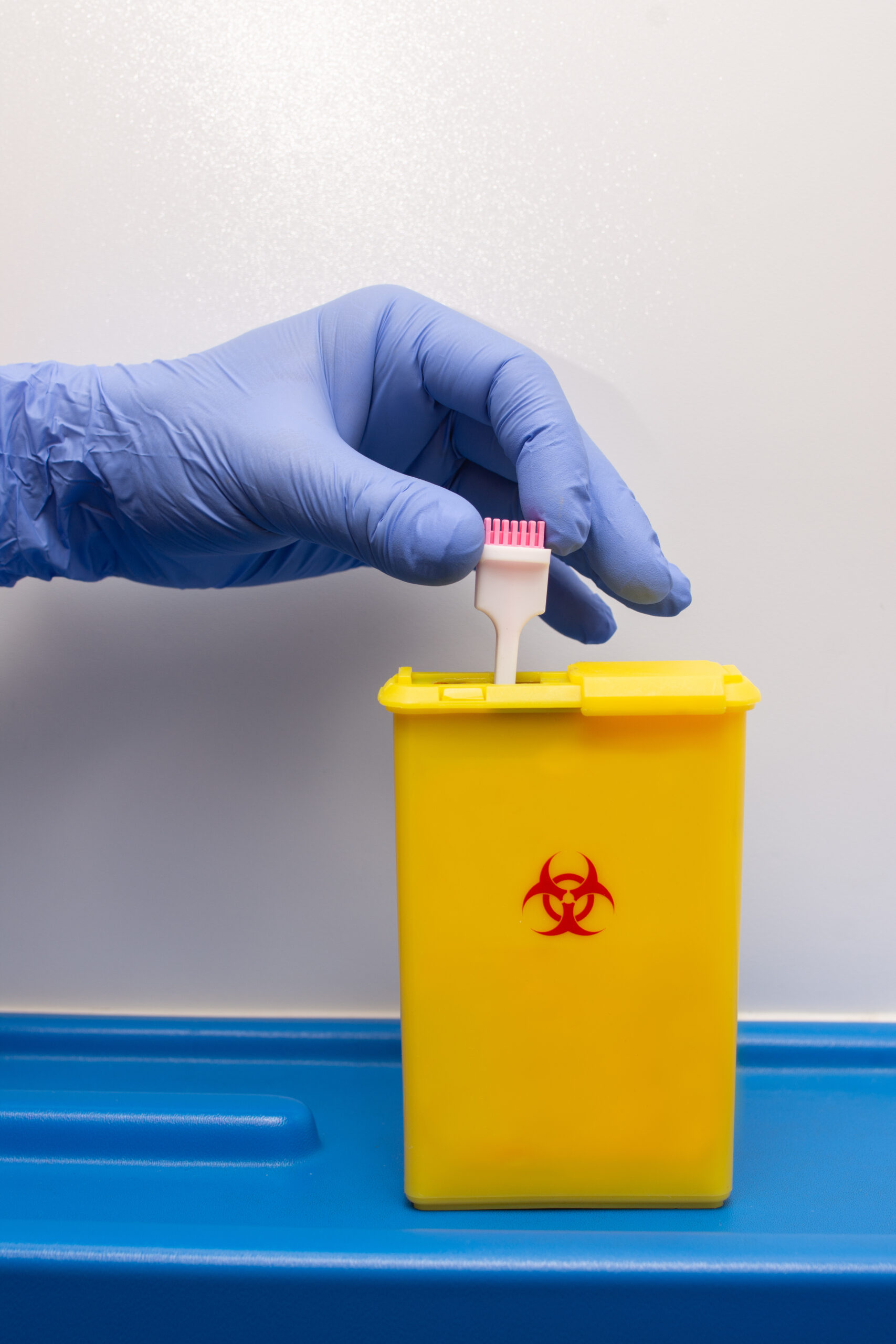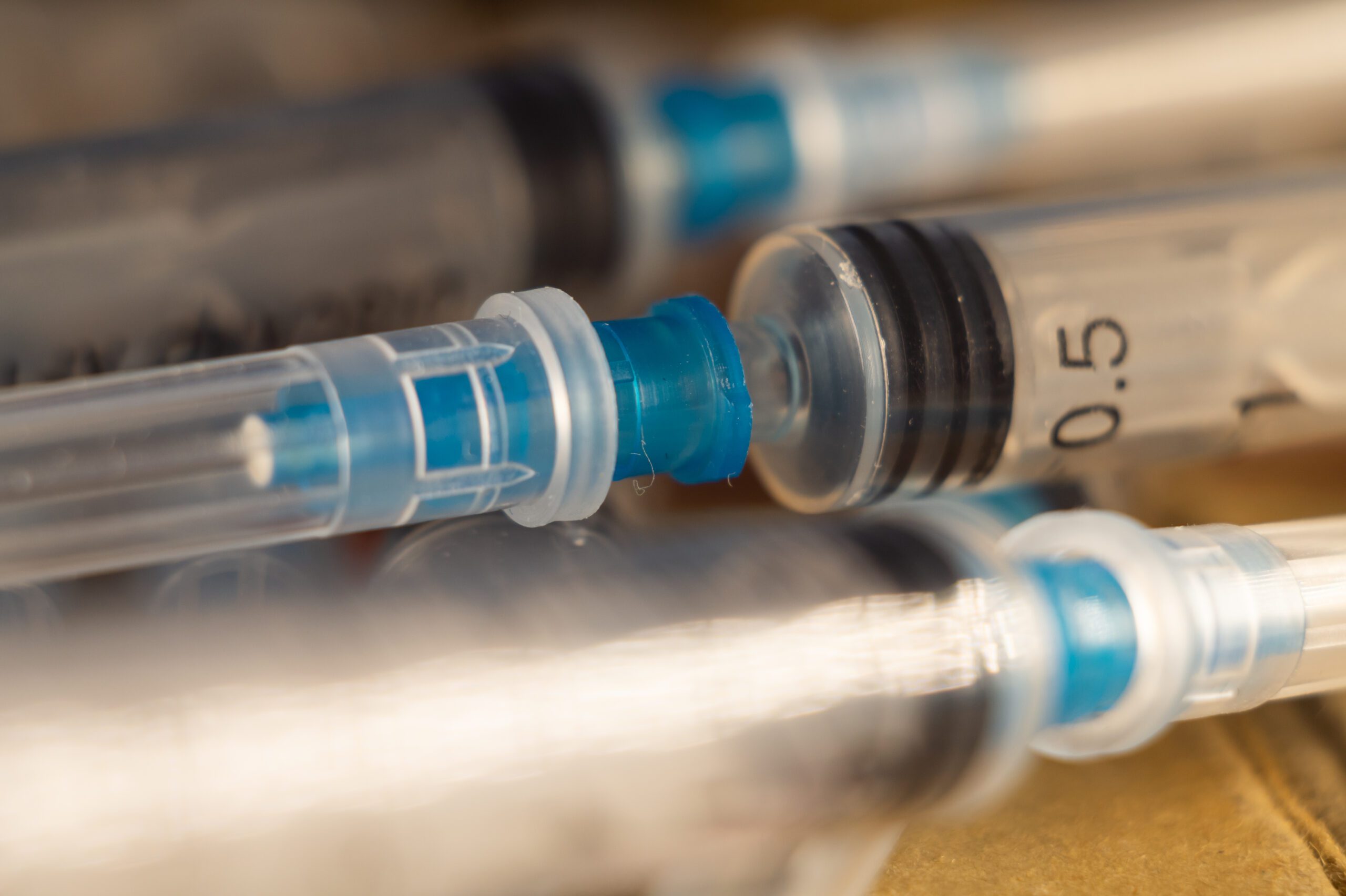Your brain commands over 600 muscles in your body so you can walk, eat, breathe, and flex in front of mirrors. You probably only think about a few of them, but all of them work - in groups and in isolation - whether you think about it or not. Lifting weights and eating properly will get your body in shape, but understanding what happens behind the scenes can help you develop a body that works as well as it looks.
What Muscles Are Growing?
All of your muscles, no matter how big or small, need protein to rebuild. When lifting weights, you might target your pecs, biceps, triceps, quads, glutes, or some other muscle or muscle group. Although you take in protein after a hard workout to rebuild those targeted muscles, many other muscles worked hard and need protein too.
The Process of Muscle Growth
To rebuild properly, muscles need the right set of circumstances.
When you work out, your muscles suffer microscopic tears, damaging them on a cellular level. This damage puts your muscles in what is called a hypertrophic state. In this sense, you can think of damaged muscles as ones that are ready to grow. Your muscles contain special satellite cells, which fuse to the muscle fibers after damage, preparing the muscle to receive protein components to rebuild and get stronger.
 The next step in the process involves protein metabolism. After muscles are damaged, the brain triggers a repair process called muscle protein synthesis. Blood brings proteins to the damaged areas, where the proteins are broken down and used to enlarge muscle cells. This results in stronger cells and stronger muscle fibers.
The next step in the process involves protein metabolism. After muscles are damaged, the brain triggers a repair process called muscle protein synthesis. Blood brings proteins to the damaged areas, where the proteins are broken down and used to enlarge muscle cells. This results in stronger cells and stronger muscle fibers.
This process works well, unless you don’t have a positive muscle/protein balance. If there is not enough protein present in the bloodstream for repairs, your body is in a catabolic state. This means that your body is actually breaking down your muscles for protein. However, if your muscles are in a hypertrophic state and your blood has a positive protein balance, your body will be in an anabolic state: ready to build muscle.
Protein Intake Timing for Optimal Muscle Growth
Muscle protein synthesis is at the heart of muscle growth. Although protein synthesis technically is always happening to some degree, nothing fires it up like a heavy workout. Studies have shown that muscle protein synthesis reaches its highest levels starting a half hour after working out and continuing for about an hour. Once that hour and a half has passed, muscle protein synthesis starts heading back toward normal levels. That 30-90-minute post-workout window is the golden hour for protein intake, so after a refreshing shower, whip up that shake.
Keep Your Muscles Growing
Whether you use your muscles for daily activities or at the gym to reach your health (and aesthetic) goals, your body needs protein to rebuild. If you feed your body enough protein, it won’t consume itself for power. When you add weight lifting to the equation, protein balance becomes that much more important.
If you want healthy muscle mass, build it from the inside out. Give your body what it needs and let it reward your well-informed efforts at getting - and staying - big and strong.
Sources:
- https://www.unm.edu/~lkravitz/Article%20folder/musclesgrowLK.html
- https://www.ncbi.nlm.nih.gov/pubmed/11255140
- https://www.ncbi.nlm.nih.gov/pubmed/23640273
- https://www.ncbi.nlm.nih.gov/pubmed/12757751
- https://www.ncbi.nlm.nih.gov/pubmed/11255140
Recent Posts
-
 Yesenia05/23/2025
Yesenia05/23/2025Syringe Filters-Why They Matter in Laboratory Applications
-
 Yesenia05/15/2025
Yesenia05/15/2025Proper Disposal of Used Syringes and Needles: A Complete Guide
-









